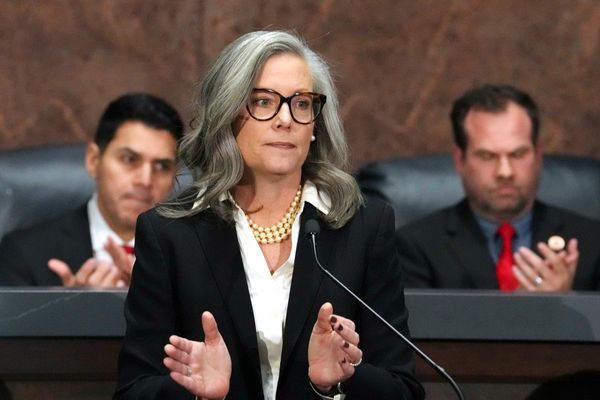
At lunch recently, a friend said he was about to meet with his financial adviser, who had prepared a 20-page report that, he told me, “will wrap up everything” about his retirement. I asked whether it would address long-term care or similar needs. He wasn’t sure.
I followed up: “Do you and your wife have LTC insurance?” Nope. He didn’t qualify when they applied years back.
So, the 20-page report will not cover “everything” my friend needs to consider for retirement.
Expenses for health care are often referred to as unplanned expenses, but actually they are expected; at least 70% of us will experience a long-term health event in our later years. So, I refer to these expenses as planned but not currently funded. The best plans account for them in retirement. (Unplanned expenses are what thousands of Los Angeles residents are experiencing now with the wildfires.)
What the usual practice is
Sometimes I question ChatGPT to round up current options and possible alternatives to big-picture questions. This time, I asked for a survey of retirement planning and withdrawal strategies.
According to AI, most retirement planning software tends to focus on planned withdrawals, such as those based on living expenses, income replacement or longevity protection. AI responded, as I expected, that “not currently funded” expenses, particularly those related to health crises, long-term care, or other unexpected family needs, are not actively incorporated in these models.
I also regularly search the usual sources of financial advice. A recent article in the New York Times pointed out that your working years, when you build up savings, aren’t like your retirement years, when you need a plan to spend your savings without running out.
The article suggested setting aside an emergency fund that could cover “surprise” health care and other costs. (“Surprise” is another label for “life risks,” which you know will likely happen but not “when and how much they’ll cost.”)
If you use the emergency fund approach for LTC costs, however, you could be setting aside 40% to 50% of your savings. A better solution might be a funding design that sets aside a smaller liquid fund and establishes a future source of liquidity that could pay these costs. Most retirement plans don’t consider this.
Three strategies for covering unplanned expenses
The investor we often use as an example is 70-year-old Sally, who has saved $1 million in her rollover IRA and owns her home, worth $1 million without a mortgage. She read one of my earlier articles, Transform Your Retirement Plan With This Powerful Combo, which describes a combination of a HECM and a QLAC. (If you’re interested in getting a quote, you can use the QLAC Calculator.)
We looked at three ways for Sally’s Go2Income retirement plan to cover a large expense in retirement. In this case, the expense is assumed to be $100,000, to pay for Sally’s long-term health care costs at age 85. (She doesn’t have long-term care insurance.) In one option, the money could come from her IRA account. Under the second, the source is a line of credit from a home equity conversion mortgage, or HECM. And the third is a combination that takes 50% from each. What we found is that the final two strategies work and produce very similar results at age 95 — $2.4 million in legacy and $1.7 million in liquidity. Circumstances could call for more expenses, so a 50/50 strategy may work best.
With these approaches, Sally is not stashing her retirement money in one or two emergency accounts at age 70 and then hoping for the best. Planning for all future events requires consideration of alternatives and possible adjustments along the way. Here are some opportunities:
- The costs for both an emergency health event and long-term care may be deductible, but the withdrawal from an IRA is creating a taxable event, while the loan against the HECM line of credit is not taxable. This could be significant, but it depends on the personal tax situation.
- Another issue: You’re not subject to market volatility when borrowing from the HECM. To reduce that risk, an allocation between the two sources, however, may be a smart strategy.
- If you expect a multi-year health event, and think you might need $400,000 for four years of expenses instead of just $100,000 for one year, don’t take the full $400,000 out of your IRA, but invest a portion — say, half — more conservatively within the account. This will save a considerable amount in taxes. A HECM can provide the other $200,000.
When you consider all your assets, a plan for retirement income can and should include a strategy to fund both planned expenses and unfunded costs like health and long-term care — at the same time that you consider taxes, lifetime income and legacy.
Order a Go2Income plan today based on the answers to three or four questions about your goals. Get started here with no obligation. Consult with your own qualified adviser, find an analytical tool to provide some guidance or talk to a Go2Specialist.
Want more guidance on retirement savings? Sign up for Kiplinger's six-week series, Invest for Retirement.







